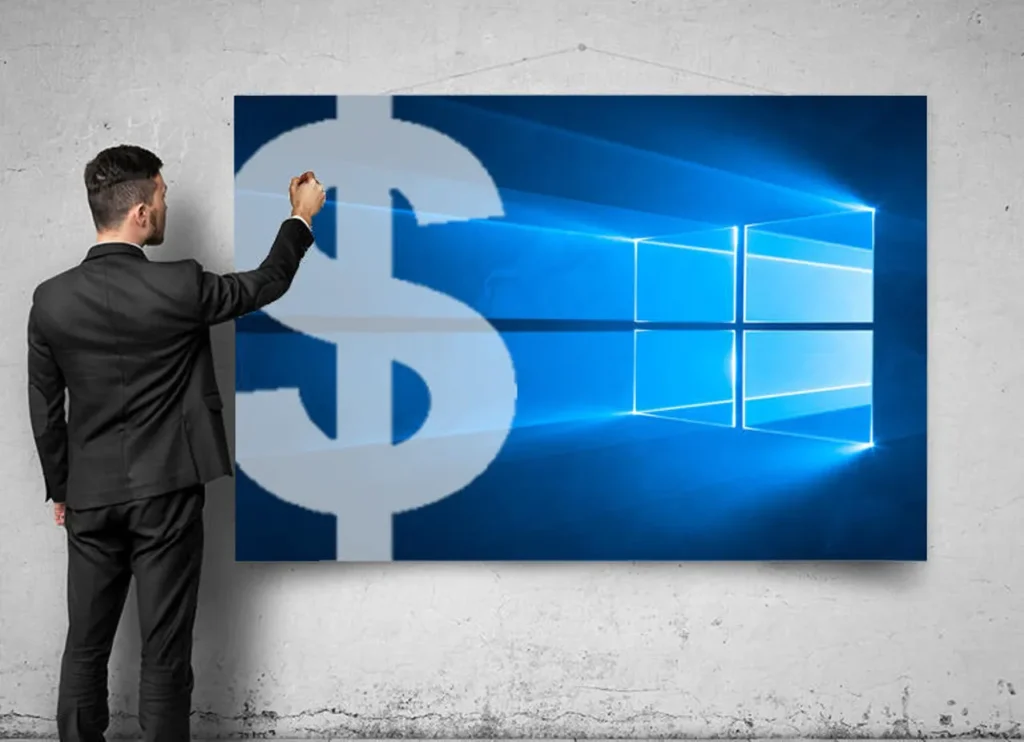We’ve known for some time that Microsoft is dropping support for Windows 10 on Oct. 14, 2025. But on Tuesday, Microsoft announced just how much it will cost Commercial Organizations to keep getting security updates for its old operating system, first reported by The Verge.

Microsoft will charge $61, per device, for the first year of security updates, according to a blog post published Tuesday. Every year after that, the price will double. Year two will cost $122, year three will be $244, and year four will be $488, and so on. It could end up costing you a fortune to keep securely using Windows 10.
Microsoft updated the blog on Wednesday to note that this only applies to Organizations. Consumers will have a different pricing plan that will be released at a later time.
These Extended Security Updates are typically only offered to organizations using old Windows operating systems, but they’ll soon be offered to consumers for the first time. Microsoft is expanding this subscription program due to the large number of people still running Windows 10. According to Statcounter, nearly 70% of Windows users are still running on Windows 10.
Part of the reason for this is that millions of older computers can’t run Windows 11. Microsoft lists all the system requirements needed to support its newest operating system. For example, your system must have at least 4 GB of RAM and 64 GB of storage to upgrade to Windows 11. That’s increased from Windows 10’s requirements of 1GB of RAM and 16GB of storage.
The likely result of this is that millions of people will be forced to buy new laptops and computers. After a few years, that will become the cheaper option compared to paying hundreds of dollars, or even thousands of dollars, for continued security updates.
This also raises a question about what Microsoft will do when Windows 12 comes out. There have been rumors that Windows’ next operating system could be here as soon as June 2024, and it’s almost definitely going to be full of AI capabilities. That means even heftier hardware requirements, and Windows 11 users could be left in the dust, just like Windows 10 users are now.


